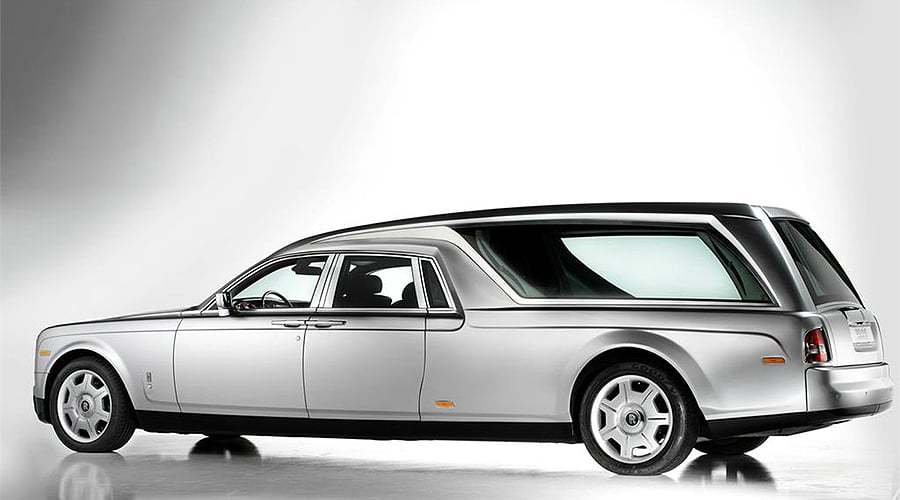Error message
We’re sorry! This listing is no longer available –
but we’re sure you’ll find something of interest elsewhere in the Classic Driver Market.
Dirk Sadlowski, founder and owner of PS Automobile GmbH, explains the philosophy behind the project: “We take the best Porsche engineering from different eras and combine it to make a modern interpretation of an all-time classic, the ST.” The new car, finished in subtle Slate Grey, was launched at Techno-Classica 2012 and the first example immediately found a buyer.
The good news, though, is that a small production series is planned. 'Singer' springs to mind, but the German company promises to keeps its version closer to the original.
Well, Essen (Techno-Classica) and Stuttgart (Retro Classics) are some 420 kilometres apart (a good four-hour drive), so one could say they are appealing to different geographical catchment areas, and Stuttgart is the home of Porsche and Mercedes-Benz.
Around 180,000 visitors enjoyed Essen’s customarily large halls and superlative manufacturer displays. While they might have expected to see serried ranks of Carrera RSs, 300 SL ‘Gullwings’ and classic Mercedes ‘Pagodas’, many were shocked by the prices asked for often everyday classics.
Take, for example, a ‘G Model’, 1980s rubber-bumper Porsche 911, a good car it’s true, but one worth 30,000 euros… for an example with a six-figure mileage? Or the private sales in the car parks, such as classic VWs with highly optimistic stickers on their windscreens.
Time and again, TVR appeared to have secured financing to remain a fully-fledged sports car builder – but with the 'shell' company now only offering ‘reborn’ models, it’s pretty clear that the quirky Blackpool resident is a shadow of its former self.
Ever since the E-type was removed from the Jaguar range, the marque has been toying with the idea of creating a proper successor. But the Whitley-based design studio has been beaten to it by Laszlo Varga, who studied product design at the Technological University of Budapest. Here you can see his effort – brought to life in photo-realistic renderings. The design inherits the unmistakeable proportions of its forebear: the long bonnet, the swooping curves and the oval grille, all subtly updated to sit with the contemporary Jaguar design language.
It made its full debut in working order (sitting on Bora underpinnings) at the 1972 Geneva Motor Show, after appearing at the earlier Turin Show as a full-scale epowood model. According to Giorgetto Giugiaro, the design had been “in mind for at least two years” – but it’s likely that the first ideas would have sprouted in the designer’s head as early as 1968, and more specifically the première of the Bertone-styled Alfa Romeo Carabo.
For an estimated 500,000 euros, funeral directors will have the use of a bespoke hearse, around a metre longer than a regular Phantom. The extra length has gone into the boot and roof to accommodate one very special extra passenger.

The Gaydon company had announced changes to the best-selling V8 Vantage range in February this year. Principal among the modifications are the wider tyres, optional seven-speed Sportshift transmission, uprated braking and quicker steering first seen in the Vantage S. And you can now – as an option – order the crystal-clear Garmin satellite navigation system first seen last year on the Virage.
An automotive déjà vu came over us at the recent Geneva Motor Show. And if the car pictured looks familiar to you, too, that’s because we reported on the GTA Spano back in 2009, at its inauguration at that year’s show. What’s changed since then? The Spano has now been approved and finalised for production, and 99 examples will be built under the direction of Domingo Ochoa. Unlike many other small-series production cars which use a mish-mash of parts, the GTA Spano has already received a number of global patents itself.
It was created alongside the Stratos rally cars intended to beat the Renault Alpine, Ford GT70 and other mid-engined lightweights which were ruling the World Rally Championship at the time. The ‘Stradale’ road cars were built as homologation specials: cars which only existed to the meet the regulations of the WRC, and they were hurriedly put together, with debatable build quality, not helped by the Italian strikes of 1974.
Pages
